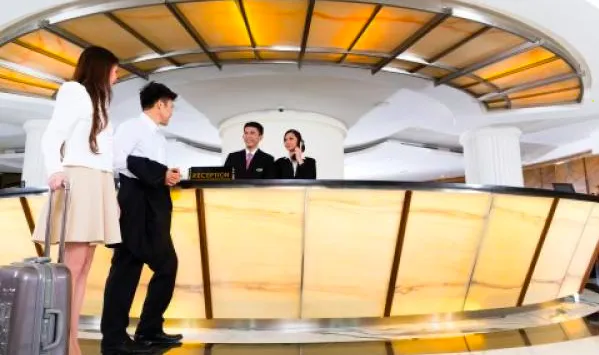
This was how badly hit Melbourne hotels were in 2020
Melbourne's hotel occupancies declined to a historic low of just 20.4% in September 2020.
Melbourne, the capital city of Victoria in Australia, was arguably one of the most affected accommodation markets in Australia in 2020 and experienced the largest decline in Revenue per Available Room (RevPAR) as a result of the extensive lockdown measures put in place to stop the spread of COVID-19.
According to Colliers, Melbourne Airport (Tullamarine) is the second busiest in Australia after Sydney, with a total of 37.1 million passenger movements in 2019 and experienced consistent passenger growth over the ten years to 2019, albeit with growth slowing in 2019. The effects of COVID-19 are highlighted in the passenger numbers for the nine months to September 2020 compared to the same period in 2019. Total passengers through Melbourne Airport dropped from over 27.4 million passengers for the first nine months of 2019 to just 7.9 million passengers over the corresponding period for 2020.
Here's more from Colliers:
Prior to the effects of COVID-19, demand for hotels in Melbourne CBD came from a wide variety of sources, from both domestic and international leisure guests, corporate, and a strong calendar of events leading to substantial conference and events demand, as well as from those people visiting friends and relatives (VFR).
The demand profile for hotels in 2020, however, was different, with demand predominantly from those undertaking the mandatory quarantine period in hotels and a small proportion of intrastate leisure demand.
In 2019, Melbourne hotels performed at strong occupancy levels just over 84% occupancy and achieved average room rates of almost $206. Between 2016 and 2019, however, it was evident that occupancy levels declined marginally, and average room rates also declined slightly, which resulted in a decline in RevPAR levels. This was likely due to the consistent number of new supply openings and pressure from an increase in unregulated short stay apartments.
In 2020, there were immediate demand reductions from travel restrictions and social distancing measures related to COVID-19. Initially, in January and February 2020, the effect on visitation was mainly from the reduction in Chinese arrivals; however, in March and April onwards, further restrictions were put into place, with Australia closing its borders on 20 March, halting all international arrivals into Melbourne and limiting interstate domestic travel due to statesandterritoriesrestrictingnon-essentialtravel. TheborderbetweenNSW and Victoria was closed for four months and reopened on 23rd November 2020.
According to STR data, Melbourne's hotel occupancies declined to a historic low of just 20.4% in September 2020, with RevPAR down to an average of $19.55 a night in September, down from $158.72 in September 2019. October 2020 figures showed a slight increase up to 22.3% occupancy and up to 25% in November. We highlight that occupancy levels increased to 38.3% in December 2020 as state and territory borders reopened, which highlights that people will travel when able.
As at 12 February 2021, Victoria entered its third lockdown – a “5-day snap lockdown” as a response to an outbreak at a hotel quarantine facility. In the current lockdown, Victorians are only able to leave home to shop for essential items, provide or receive care, exercise and to work or study if they are unable to work or study from home. This will undoubtedly affect hotel performance for February 2021.
New and proposed hotel supply in Melbourne
Melbourne city currently has the largest hotel development pipeline in Australia, with 19 hotels currently under construction totalling over 4,800 new rooms (11 hotels of which are due to open in 2021). This is in a current market of 130 hotels with approximately 19,600 rooms. Hotel projects under construction that are scheduled to proceed include the Ritz Carlton, the Shangri-La and the Next Melbourne; however, feasibility of any project not yet under construction is anticipated to be strained.
Concluding comments
In 2019, Melbourne hotels performed at high levels, recording year-round occupancy levels of 84.2%. In 2020, however, in line with the rest of Australia, performance was affected by COVID-19, with hotels operating at half the occupancy levels of the previous year’s figures. The extent of new supply to enter the market in 2021 is anticipated to have an effect on the existing hotels’ ability to recover post-COVID-19.

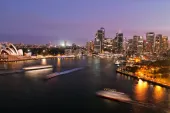

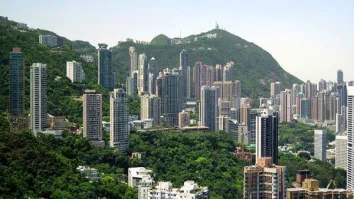

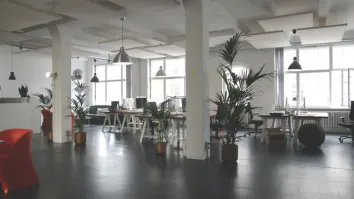
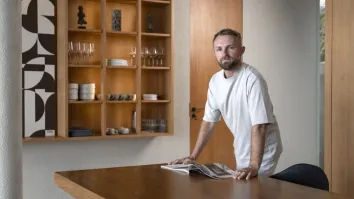












 Advertise
Advertise



